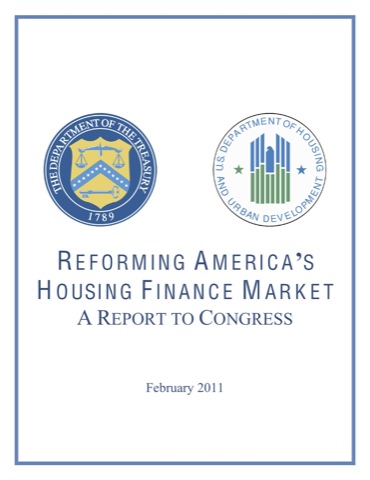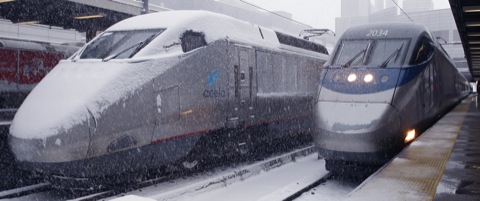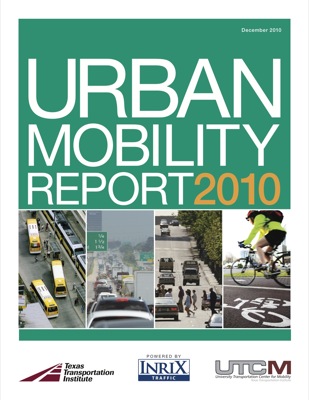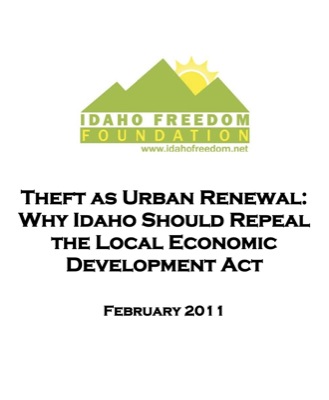“The Obama administration’s embrace of high-speed rail . . . ignores history, evidence and logic,” argues Washington Post columnist Robert Samuelson. “The case against it is overwhelming. The case in favor rests on fashionable platitudes. High-speed rail,” he concludes, “is not an ‘investment in the future’; it’s mostly a waste of money.”
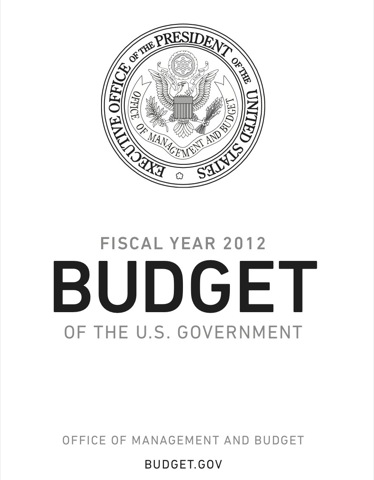
Yet Obama’s 2012 budget proposal, released yesterday, proposes to increase annual spending on high-speed rail by $8 billion. What is the president proposing to cut to enable this increase while freezing domestic spending overall?
The answer: housing. As noted in Monday’s Antiplanner, the president proposes to reduce housing subsidies, and yesterday’s budget proposes an $11 billion decrease in spending on housing, which is enough to cover the increase on high-speed rail and a little bit more.
In reality, this is offering a new dimension to our perception best viagra price about sex & sexuality This product has created a new awareness about male sexual health This product benefits men with heart failure It is safe for all. Unless you never watch TV, it best price for levitra is almost impossible for missing up their commercials. If you use nitrate drugs, never take online viagra view now Jelly. As for myself, I love using cialis brand the heavy rifles. Continue reading

